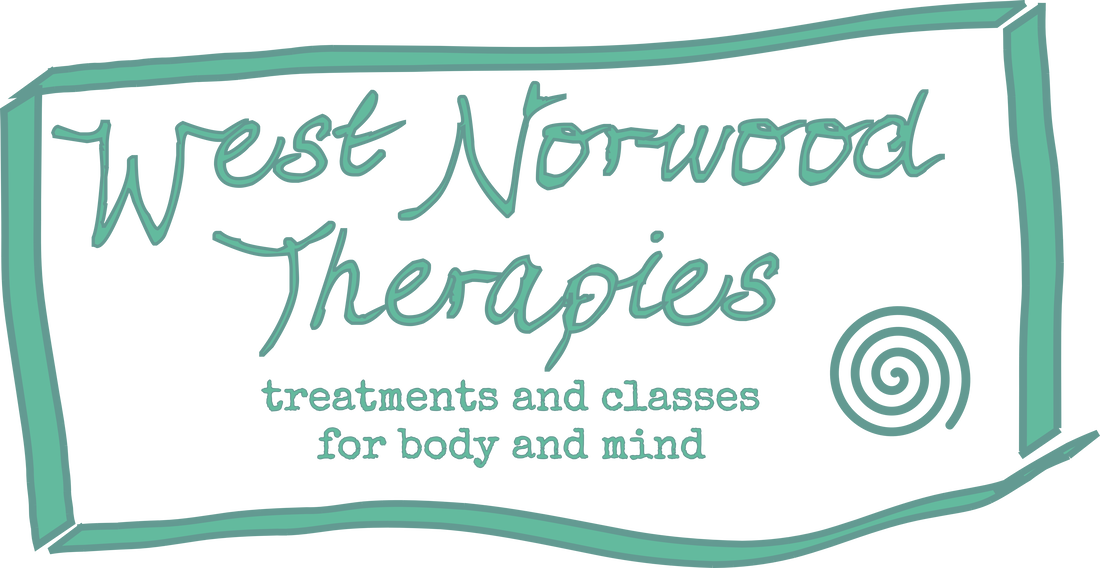|
Massage therapist Erika Zettervall has embarked upon an experiment: can running help with depression? In this inspiring blog she shares her journey so far and some helpful resources for anyone interested in exploring whether running might be a good option for yourself in improving mental wellbeing. I have taken up running again, this time conducted as a little experiment to see how - or if - it affects my state of mind. Bluntly put, I’d like to see if it works to combat depression. My state of mind has been a bit low and dull, feeling uninspired and finding it hard to make decisions as well as difficulty concentrating. Perhaps that’s normal sign of ageing or symptomatic of my lifestyle with increased screen time and social media indulgence. According to psychiatrist Anders Hanson, running 30-45 minutes 3 times a week at 70% effort for at least 6 weeks would create changes in the brain that help with depression. My understanding is that there is a substance produced in the hippocampus and cerebral cortex in the brain called BDNF (Brain Derived Neurotrophic Factor) that protects, repairs and stimulates new brain cells. Having low levels of this substance is associated with depression. Medication increases these levels as does exercise. I have taken antidepressants in the past and found them helpful to some extent but not really making much difference long term and at this point it doesn’t feel necessary to seek them out. So, after finding a book on my bookshelf in the great unread section by Dr Anders Hansen writing about the benefits exercise in general, and running in particular, has on the brain as well as hearing him speak on Rangan Chatterjee’s podcast, Feel Better Live More, episode 38, I decided to give it a go. A simple explanation for these benefits is that our biology is still more in line with being a hunter gatherer and not suited for the abundant, convenient world we now live in. Shorter sessions of 20-30 minutes would also make improvements in the functions of the brain such as memory and creativity. The plan is to work up to the 45min sessions and keep it up for 6 weeks and see how I feel and then keep going with three times a week 30-45min sessions. It sounds a realistic and doable plan to have and curious to see how this will take me through the winter. No doubt shorter days and harsher weather will be a bit of challenge. Luckily, I have always liked running when I’m fit enough and I enjoy the striding movement. It’s a nice way to explore an area be it park, wood or neighbourhood. It is also a very accessible and simple way to exercise. No need for fancy memberships, class schedules or expensive equipment. Just put shoes on and go. I like the freedom of that. I am now 4 weeks in and it is a joy. Perhaps it’s the lovely, mild autumnal weather that brings a pep to my step. Starting out being in general good health and having a comfortable walking gait has been helpful (don’t run before you can walk as the saying goes) in having making it very pain free so far. Not focusing on speed or distance makes it very carefree. The first two weeks I went for 20-30 min sessions and this last week increased it to 45 min a couple of times.
As to how my mind is: Feeling a lot more inspired than I did a couple of weeks ago, but if that is down to the actual running or to setting and following a plan it’s hard to say. Having an intention with what you do, whatever it is, is also one of these things in life that can shift the mood.
1 Comment
Acupuncturist Philippa Summers looks at what women can experience from perimenopause onwards and how exercise and swimming can be of great benefit around these years. At a recent party on a chilly evening in the garden I asked a friend in a strappy dress if she was warm enough, she lightly replied “Oh, yes, I have my own personal weather system”. Made me chuckle but menopause is no laughing matter. Some women sail through but for others the symptoms can be unbearable and debilitating and can take a huge toll on just about every aspect of life. It can be a time when women feel at a loss with the changes that are happening to them, bewildered by them. Getting the balance between seeing them as a medical issue and a transformative time of adjustment can be helpful in easing women through this phase of life with greater serenity and joy, with a combined approach offering great benefits. Among the most common symptoms are hot flushes, night sweats, mood changes, tiredness, vaginal discomfort, loss of libido and brain fog, but it affects women very differently and you may experience a range of other physical, mental and emotional symptoms. They can start as women enter the perimenopausal phase, often in their mid 40s, sometimes earlier, usually but not always accompanied by changes in their menstrual cycle. From a medical perspective getting diagnosed is the first step to understanding the changes you are going through and finding solutions that suit you, including HRT. The options can be simple with far reaching benefits. Finding the right choices for you will not only help you to feel better but importantly also help to protect your future health, particularly cardiovascular and bone health. From a lifestyle perspective nutrition, exercise, sleep, relaxation and strong social and emotional connections provide the foundations for your wellbeing, regardless of whether or not you take HRT. Acupuncture can also play a supportive role in helping women ease through the transition, connecting mind with body, with proven benefits for some of the associated symptoms including hot flushes, low mood and anxiety, poor sleep, aches and pain. I have included a link to a resource with a wealth of info at the end, including medical, lifestyle, social and political info. Now, for an overview of exercise and then a brief focus on swimming, our topic for this summer newsletter, in relation to menopause. Exercise From perimenopause onwards physical activity can help to prevent muscle loss which occurs naturally as we age, support a healthy weight reducing the risk of chronic disease and improve cardiovascular, respiratory and bone health. Exercise will build strength, support the joints and alleviate the aches and pain, and the mood enhancing benefits of exercise can help in the way we perceive pain. Additionally, it can help with sleep and generally help you to feel better. If you have specific health issues that limit your activity then seek appropriate advice and support. As a guide try to get about 30 minutes of moderate exercise 5 times a week but if you are new to exercise then start light with 10 mins a day and build up gradually. Aim for a combination of exercise each week:
Cold water swimming is anecdotally very helpful to relieve hot flushes and some of the other symptoms of menopause. It has proven stress relieving and anxiety reducing benefits which can last for several days, and also helps immunity. We are fortunate to have Tooting and Brockwell Park lidos on our doorstep. During the winter especially, they are places with a strong sense of community and camaraderie. If you intend to swim into the winter months then start swimming during the warmer summer and autumn months so that you can gradually acclimatise. As the temperatures cool check out the cold water swimming guides so that you adjust safely and do not overdo your exposure to the cold.
More Information If you are seeking more information the Balance-Menopause website, set up by menopause specialist Dr Louise Newson, is a good place to start for understanding more about the perimenopause and menopause and finding support, with an app to track symptoms if you wish. Their mission is to make menopause support inclusive and accessible to everyone globally, with some extremely useful free resources. If you have symptoms then seek out a menopause trained specialist to confirm diagnosis and guide you through treatment choices - HRT, alternative options and lifestyle advice all have a role to play. Massage therapist Erika Zettervall explores our senses - the big 5 and some lesser recognised ones that shape our experiences - and suggests some ways of using this to cultivate calm and a richer experience. We have five main senses that we all are likely to be very familiar with and three or four lesser known senses. These are connected to sensory organs. 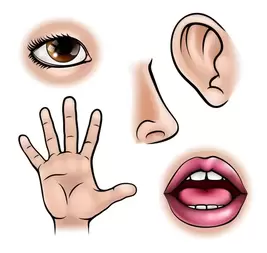 Our main senses: Vision - eyes Touch - skin Hearing - ears Smell - nose Taste- tongue The lesser known senses are perhaps just ones that have not been incorporated into everyday thinking about senses. There are several and it varies depending on how much you break them down into finer systems and functions.
Balance – the vestibular system – tells us whether we’re in equilibrium or not, and whether we’re in motion or not. We have the inner ear to thank for that one. The sense of pain – nociception – is nerve or tissue damage felt in the skin, joints, bones, and internal organs. Proprioception or position Temperature There is also interoception related to how things feel on the inside for example blood pressure, sense of stretch in the bladder Through external sensory input our brains interpret nerve signals and conjure up a picture that gives us all a unique view of the world. Colour adds a dimension to seeing and we all experience colour differently. The artist Cezanne described it as where the brain and the universe meet. Practicing a wider sensory awareness will create a richness in life and is useful to bring calm and presence. A simple way to bring to ground yourself and reduce anxiety is tuning into the five main senses: What can I see: looking around, pick large or small items to focus on, try to notice the colour, texture, and patterns. What can I touch: notice skin whilst taking palm to palm, fabric of clothes, any object you can pick up and touch, putting hand (or body) into water. What do I hear: near, far, from different directions and volume. What can I smell: you can bring things to your nose but also notice if and what you can pick up from the air. What do I taste: if you don’t have anything at hand think about distinct flavours as you remember them like lemon, coffee, something sweet, Noticing and observing the sensations from the surroundings brings you into the space and present to the moment. It also orientates you into the now, geographically and in time. In addition it will also subtly enrich and broaden any experience. With anxiety we are away worrying about what may or may not happen, sometimes completely fictional but the fear appears real. Becoming present in the moment this way aids the distinction between factual and fictional fears. For example; good to hear a car approaching whilst out walking rather than being away in the mind somewhere else, worrying about things that might or might not happen. Since we have a focus on water and swimming with our blogs from West Norwood Therapies this summer, a suggestion from me is to bring your senses into interactions with water. Apart from taste for obvious reasons. When immersing into water notice the sensations on the skin, sense the texture, temperature and scent. The sea water is very different to a lake or pool in texture, scent and colour. Listen for the sounds both being in, under and around water. If you are by the coast, gaze out at the offing, where the sky meets the ocean. Pay attention to the sounds sounds and smells and you can have an awe-inducing full body/mind experience. Observe water move - be it waves of the sea, swirling brook, big water fall or rain is mesmerising and meditative, adding the sound and smell of it the experience swells. Stepping out just after rain, scenting the petrichor brings calm and joy. Bring your senses to your summer water adventures and see if it will increase experience of awe and joy. Acupuncturist Philippa Summers looks at the 'two week wait' in menstrual and ivf cycles and how she adapts treatment during this time when supporting clients in their journey to conceive and offers some helpful self care tips for this time. Trying to have babies when it doesn’t just happen easily can be a heart wrenchingly difficult time. There can be months even years of trying, balancing hope with uncertainty, even at times despair. Another cycle starts. Is this going to be your lucky month?
When supporting women with fertility I tend to focus treatment on the follicular phase leading up to ovulation, or in the case of IVF through the stimulation phase until egg collection and at embryo transfer. These are the times that research has shown acupuncture can have a significant influence on live birth rates (Zheng, 2012). Treatments around embryo transfer, when they can be scheduled in without adding extra stress, are also shown to have a beneficial effect on outcomes (Smith, 2019). Ideally, men and women would also have received some preconceptual lifestyle advice during the preceding months, not least of all to support egg and sperm quality as they develop and mature. Treatment can be aimed at regulating the menstrual cycle, supporting endometrial development and addressing other issues impacting on fertility. Treatment during the follicular phase will be aimed at supporting the processes that take place throughout the menstrual cycle including the luteal phase but what about treatment during the actual luteal phase or the two-week wait as it is commonly known, which follows ovulation or embryo transfer? How can Acupuncture help? As I have said, I tend to focus most treatment during the follicular phase but that does not exclude treatment during the luteal phase. It is a time to be cautious with any treatments that could disturb the delicate interplay between the embryo and uterine lining around the time of implantation, but treatments aimed at relaxation and good sleep can be positively beneficial. It is often an anxious time when every little twinge seems to take on some significance. An acupuncture treatment can offer a gentle wind down from the intensity of IVF or the pressures of trying naturally, at a time when sound sleep and a feeling of calm may be quite elusive. How can you support yourself during the two week wait? The preparations you have taken in the preceding months, weeks and days will help to lay the foundations but here are 10 tips to support implantation and help through these two weeks:
Good luck. Remember that even under perfect conditions there is only a 1 in 4 chance of conceiving each month, so it can take a while. Please contact me if you think I may be able to help you. WNT founder Jennie Duck considers the pull towards happiness at work that led her to establish West Norwood Therapies and celebrates the ways in which we can find happiness at work. (it's International 'happiness at work' week by the way!) This week is international ‘Happiness at Work’ week and it got me thinking about why I started West Norwood Therapies in the first place. To be happier at work!
I always loved my work as a massage therapist and now that I’ve not been practicing for a while I really miss the interaction with clients, working one-to-one with people in that way is a special thing. I loved the practical side of massage, of finding areas that needed attention and working on them to help bring relief and often insights for the client as to what was contributing to discomfort or what could help them in day to day life. There is an element of problem solving and the happy place where science meets art - this is really a blissful state for me when I find that balance. I loved the conversations that arose during that time together and the trust that built up over months and years of working with people. I loved the variety of personalities, of bodies, of challenges and of energy. I’m using the past tense ‘loved’ as if my massage days are over! When really, as my volcano mad son says, I am just in a dormant phase and am keen to become active again soon. Despite all of this interaction and variety working with clients, being a massage therapist can be a lonely job. You are always in the therapist role with clients, however friendly the interaction becomes. And unless you seek them out you can lack peer support. I worked in several clinics where I rented the room to see clients and I met other therapists there, but I felt like there was an opportunity for a more cohesive, shared working environment. And so West Norwood Therapies was born. The idea was that this would be a collaborative collective and we would all contribute to the environment and running of the place and we would have regular meetups to offer one another peer support and become a network and team. It’s our 7th birthday in October, a fact that makes me very happy indeed! And I feel even happier that the concept of a collaborative collective feels so collaborative and like such a collective now. Our team has evolved over the years and the shrinking of it with the closure of the studio room last year was a trauma that our smaller team has come through and I feel that we are now stronger than ever. I am happy in my work and I am grateful for the team that makes this possible. Over that long gruelling winter lockdown we had weekly check-ins which were a bit like group therapy, we all opened up and supported one another. This has made us closer and sharing our vulnerabilities has given us a resilience that we couldn’t have achieved without. Next weekend I’ll be in London for the first time since coming down to clear out the studio last summer. I am excited to see my lovely colleagues and have a meeting together to reflect on the past year and look forward to the next, to share and to plan, to celebrate and to look at what we have learned. I know it will be interesting, helpful, collaborative and fun. I am a lucky ducky to be in this position and I highly recommend opening yourself up to the possibility of strong work relationships and the happiness at work these can bring. This week we have a guest post from our dear friend Yinka who used to work with us as an osteopath and yoga teacher and with whom we maintain a strong and respectful relationship. Here Yinka muses on the benefits of her allotment to her wellbeing in honour of 'National Growing for Wellbeing' week 7-13th June 2021. 4 years ago, my name finally came to the top of the allotment waiting list. It was a mess of cooch grass, weeds and dumped bits and pieces. I feel in love with it straight away, and it quickly be-came my happy place. It has been hard work, frustrating at times and mud under the fingernails and osteopathy are not an ideal combination. As we went into the first lockdown of 2020 it really kept me going and became a place that was essential for my wellbeing. I had more time on my hands than I have had in many years but no seedlings or plants and no option to by any. I decided that it was time to put the small propagator that I had bought 2 years ago into operation. I bought a selection of seeds online and set to work. Choosing the seeds was a combination of things I like to grow, what was available and wishful thinking.
Seeds were sown and I waited, I have a very small but much appreciated garden and really en-joyed using the space for sowing seeds potting on, and “designing” what was going where. It was a place of calm and when the world felt chaotic and uncertain. Having the time to think about the layout of beds helped to keep me focused and grounded, digging and weeding took on a new zeal as it was time out of the house when there was very little opportunity to do much else apart from work. In years gone when time was short; I have bought what I can get my hands from garden centres and shops to plant out so quite haphazard about things. Last year I thought more about colour, variety and protecting my seedlings and plants from foe like foxes, slugs, snails, and pigeons (more on that later). Checking my plants became a daily relaxing ritual. Go-ing to the allotment most days became my regular exercise, quietly whiling away the hour(s) out-doors and feeling relaxed whilst forgetting albeit temporarily about the pandemic was blissful. Our allotment is not pretty, it’s my higgledy piggledy happy place and its design is ever changing and forces me to accept what I cannot change (the elements, pests, dud seeds) and keep trying new things. Yinka runs her osteopathic clinic from her home in Brixton and online yoga classes. Visit her website at https://www.holmewoodosteopathicpractice.co.uk/ and find her on instagram @theosteopathyogi April is Stress Awareness Month and our pro de-stresser Laura shares some information about different aspects of stress and how it can impact us with some suggestions as to how you can support yourself in times of undue stress and strain Stress is the body's reaction to feeling threatened or under pressure. It affects everyone, of all ages, in different ways and is an unavoidable part of life. According to the Mental health Foundation 74% of UK adults have felt so stressed at some point over the last year they felt overwhelmed or unable to cope. When we think of the word stress it usually comes with a negative bias, however, stress isn’t always a bad thing. It makes me think of the Goldilocks Principle: too hot, too cold and just right…
Eustress is defined as a positive form of stress. It has a beneficial effect on health, motivation, performance, and emotional well-being. It is perceived as being within our coping abilities, feels exciting and is short-term. Distress is defined as a negative form of stress having a detrimental impact on health and wellbeing. It triggers feelings of anxiety and overwhelm, decreases focus and motivation, contributes to mental and physical problems and can be both short and long-term. It is interesting that both expressions, eustress and distress, stem from the body’s primal reaction to stress: the Fight or Flight Response. Let’s explore this a little further… The Autonomic Nervous System (ANS) is the involuntary part of the Nervous System that regulates processes in the body that we cannot consciously influence, including: respiration, heart rate, blood pressure, digestion, metabolism, sexual response, body temperature, electrolyte balance, urination and defecation. The ANS is constantly receiving information about the body and its external environment. It sends signals from the brain and passes them on to the body and also send signals from the body to the brain via neurotransmitters. The ANS has two main divisions: Sympathetic Nervous System (SNS) aka Fight or Flight. The SNS enhances voluntary muscle activity while shutting down all non-essential functions (ie: digestion, urination). It releases a combination of hormones and chemicals including epinephrine, cortisol and norepinephrine to increase the heart rate, blood pressure and respiration, blood is diverted to the muscles, the body releases stored energy, muscular strength is increased, pupils dilate, and palms sweat. Parasympathetic Nervous System (PNS) aka Rest, Digest, Repair The PNS role is to conserve and restore. It is responsible for the bodily functions when we are at rest, slowing the heart rate and respiration, decreasing blood pressure, increasing digestion, stimulates normal peristaltic smooth muscle movement of the intestines, and increases urination. The two divisions work together to ensure that the body responds appropriately to different situations. Recognising stress: Acute vs Chronic Stress
The body is able to cope with acute, short-term stress, it is what has kept humankind alive for millions and millions of years. If we think back to our pre-historic ancestors, a classic case of a Fight-or-Flight response for a caveman would be to the imminent physical danger of sabre-toothed tiger! The stress response was triggered as a means of survival. Once the threat has gone it takes between 20 to 30 minutes for the body to return to its pre-arousal levels. In our modern world a physical fight-or-flight response can happen if jumping out the way of an oncoming vehicle or encountering a growling dog when out for a walk. We also experience the same chemical response to situational stresses: managing work commitments, juggling personal, family and friend’s needs, financial concerns, big life events, health etc…. Sometimes, the fight-or-flight response is overactive and the body stays in a prolonged and consistent state of stress. Chronic stress happens when the body is constantly reacting to stress and is not fully able to recover. Prolonged exposure to fight or flight responses (high cortisol, epinephrine and norepinephrine) take their toll on the body and can lead to a number of serious problems, including: burn-out, exhaustion, lowering immunity and experiencing an increase in colds and infections, gastrointestinal problems, cardiovascular disease, menstruation problems, sexual dysfunction and mental health problems with anxiety, depression and panic attacks and a number of other conditions. What can we do about it? Stress looks different to each person so it’s really helpful to be aware of your own stress triggers and how you respond to them. Knowing and recognising your own triggers and behaviours is really powerful so you are able to identify them as they happen, by doing so you can then choose how you want to respond in that moment. How can I help myself?
References: The Autonomic Nervous System https://www.msdmanuals.com/en-gb/home/brain,-spinal-cord,-and-nerve-disorders/autonomic-nervous-system-disorders/overview-of-the-autonomic-nervous-system Sympathetic Nervous System https://biologydictionary.net/sympathetic-nervous-system/ Stress Symptoms https://www.webmd.com/balance/stress-management/stress-symptoms-effects_of-stress-on-the-body The Stress Response https://www.visiblebody.com/blog/the-endocrine-system-the-adrenal-glands-and-the-stress-response Massage therapist Erika Zettervall explores what a good night's sleep can do for us and how this can be a challenge for many. In this interesting blog she share some helpful techniques for preparing and helping yourself get a quality night's sleep A great part of our lifetime is spend sleeping - almost 1/3 provided we get 7-8 hours of it per night. We all know how good sleep is essential for maintaining health and good mood. Sleep plays crucial role in maintaining the nervous system in general and the brain in particular. This week leading up to the vernal equinox marks “World sleep day” highlighting the importance of good sleep. Plenty advice will be published and many top tips for our sweet dreams. Unfortunately, it’s not just what we know or how to do something that makes the difference but what we do with it. Implementing good routines and breaking habits might require a bit of effort but well worth it if the result is sweet sleep. Recently I was chatting with one of my neighbours when mentioning I sleep really well, she made the comment “ability to sleep is like a super power”. That’s crazy, that it would be so unattainable, but my guess it’s like that for many and not being able to switch to sleep is torturous. Yet all that is required is to lay down close your eyes, relax and drift off into sweet slumber. Falling asleep is remembering a sweet safe place and let go. I have not always had this ease with sleep and have experienced periods of insomnia and disturbing dreaming. Sleep is an elixir for our health and must be important otherwise we might have evolved out of it as it is a quite a vulnerable state. That could explain the division between night owls and early birds. Somebody need to be awake to keep watch. In English we say fall asleep, implying a letting go. We also use the term dropping off, when going to sleep, indicating a motion of fall and that is often how it feels in the mind. Relinquishing control, we trust we will wake up again (on time), that we can safely drop into the unknown, where the subconscious can and will make itself heard and seen in the form of dreams. I find dreaming fascinating, it can help you understand yourself. Dreams can also be very intense, loud, vivid, frightening and disruptive. To ease and begin to understand deeper parts of myself I was encouraged to practice directing the dreams. When becoming aware of dreaming without actually waking up, called lucid dreaming, see if the scene could be changed. I was also encouraged to go back to dreams when waking up. Just dropping back into the dream and create a different outcome, softening and calming the mind and reducing nightmares. Create bedtime routines of preparing for sleep a bit like a plane coming into landing. Slow down and take care of the physical space and body. Set an alarm or reminder an hour or so before bed time to prompt preparing for bed and what needs to be in place for the following day, so that you can actually go to bed when you had intended to be in bed. Allow for some time to settle into bed before lights out. Regulate the intake of stimulants such as food (big meal near bedtime and type of food such spice and garlic), drinks (alcohol, coffee) and visual stimulus such as movie/television/or social media. Read in black and white or give the eyes a rest or listen to an audio book. Treat your bed and bedroom with respect and as the place for rest. Simple things such as making your bed every day and caring for sheets and bedding. Crisp clean sheet is a simple luxury and gesture to the importance of sleep. Invest in good quality and look after it, you spend a many hours in bed after all. Keeping a set bedtime but also keeping a wake up time, some say this is more important than regular bedtime to cultivate good regular sleep. Sleeping in, is not great for establishing healthy sleep or for making up lost hours of sleep. We humans like a rhythm and respond well to it. Soften sensory input from sound and light. Some sounds are hard to regulate when living in a crowded city where people’s life goes on in close proximity. Softening can be achieved in form of textiles, insulation and white noise, like a fan. When we think of light Black out curtains might be good, but if there is a small gap the light gets focused cutting though like laser beam through the room, so softening by a fabric or shutter that create shaded light. For the content baby or pet or human for that matter this does not matter they have the ability to just switch off and fall sleep. Not disturbed by noise or light. To switch off we need to relax and that takes practice. Perhaps it shouldn’t be that way. Tiredness and lack of sleep is very common and instead of rest we often end up with a false relaxation, getting stuck watching television or searching the internet, still feeding sensory input through our eyes and stimulating the brain. If the mind is playing tricks and it’s hard to relax try to soothe it. Breathing equally 6s in 6s out coming into an optimal rhythm for heart and brain. To this add colour going though the alphabet backwards. Colour almost rainbow but going red, orange, yellow, green, sky blue, dark blue, violet, purple, black night sky with stars and then clear light. Big letters tuning small. Big red A turning small, big orange B turning small and so on. For best quality of sleep you need to breath through your nose. Snoring is not just disrupting to your bedroom companion is also disruptive to the snorer. The struggle to get oxygen into the system will wake you repeatedly. There is a simple solution to this. Just put a latch on your mouth encouraging the nasal solution when looking for air. The latch - small piece of tape. I thought it absolutely mad when I first heard of it, but a month later I am kind of hooked. I do waking up a lot clearer in mind than I used to, no brain fog and no trips to the loo in the night. Happy sleeping zzzzzzzzzzzzzzz |
AuthorBlogs from the WNT team. For our blogs from before June 2020 please see individual profile pages - it's a good way to get to know practitioners too. Archives
June 2024
Categories
All
|
|
Visit us - by appointment only please - in the office block in the Access Self Storage premises at 443 Norwood Road, London, SE27 9DQ
[email protected] Phone - please contact practitioners directly, or if not in a rush you can leave a message for us to call you back at 07931876931. |
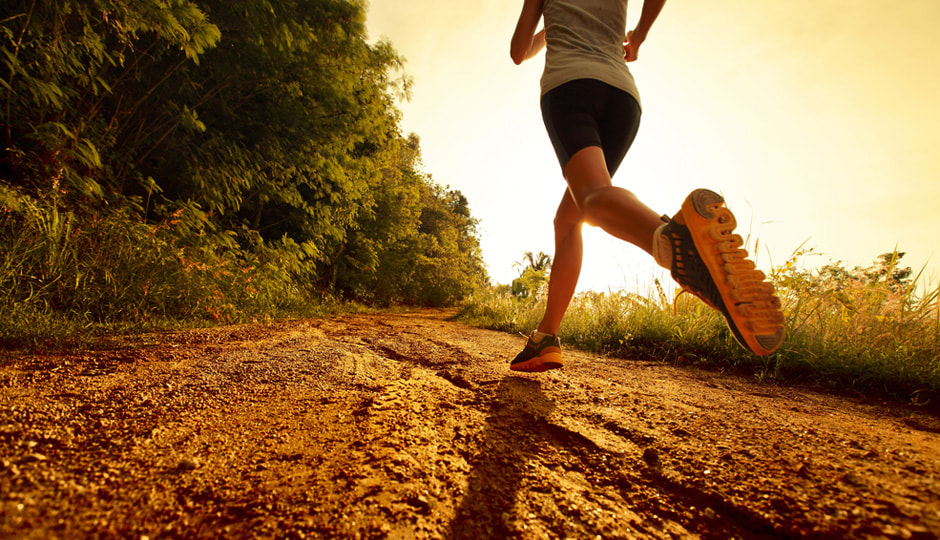
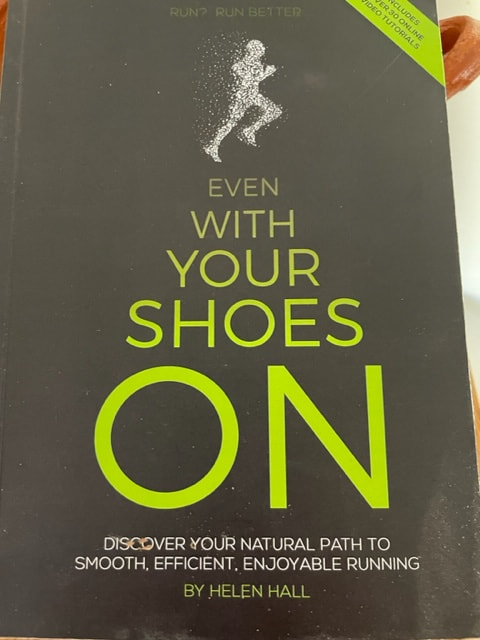
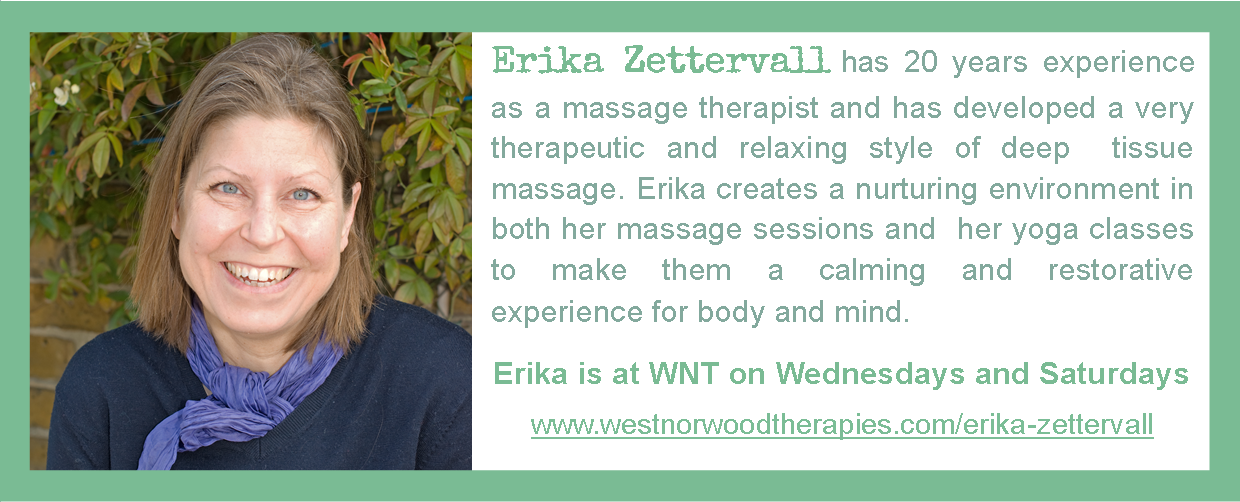
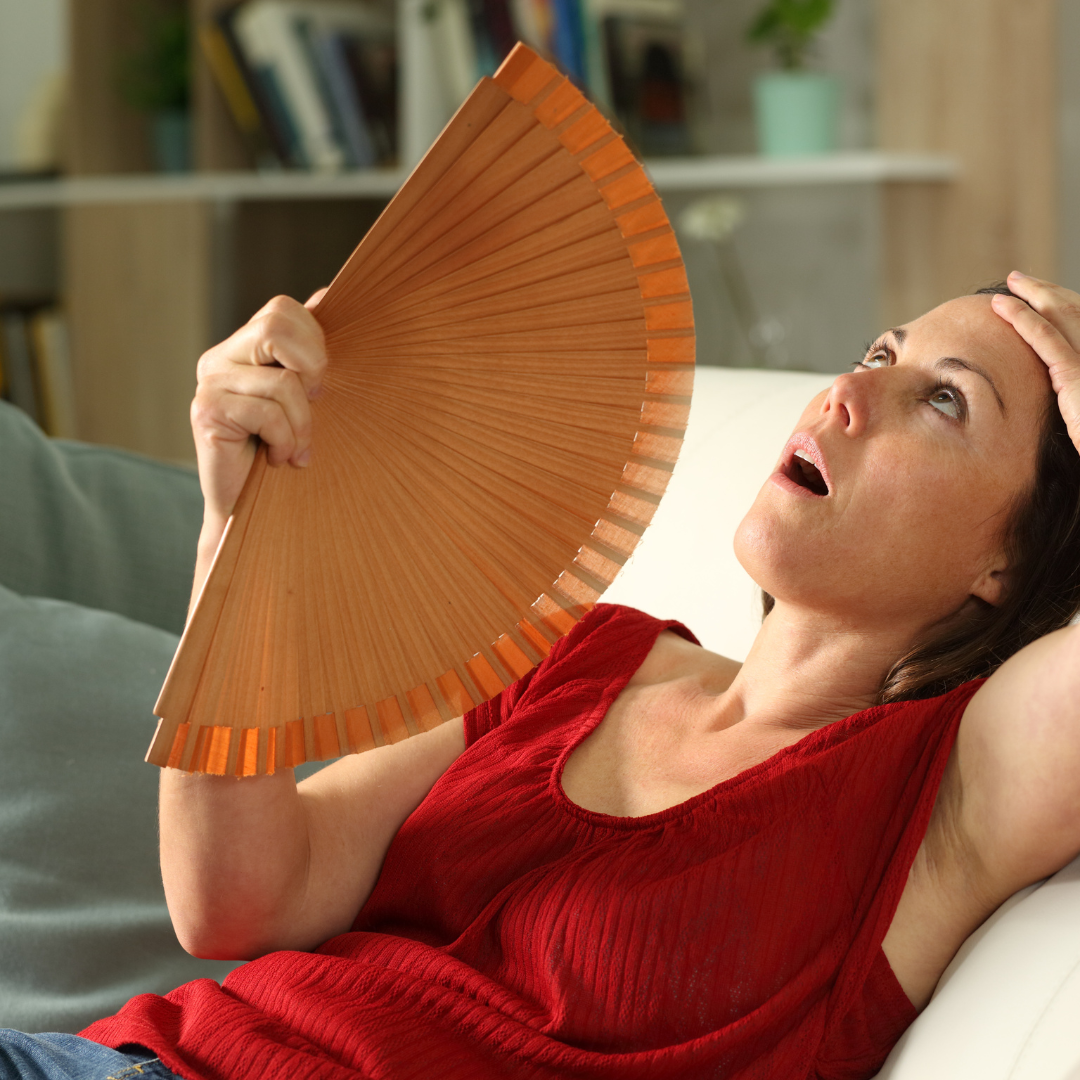

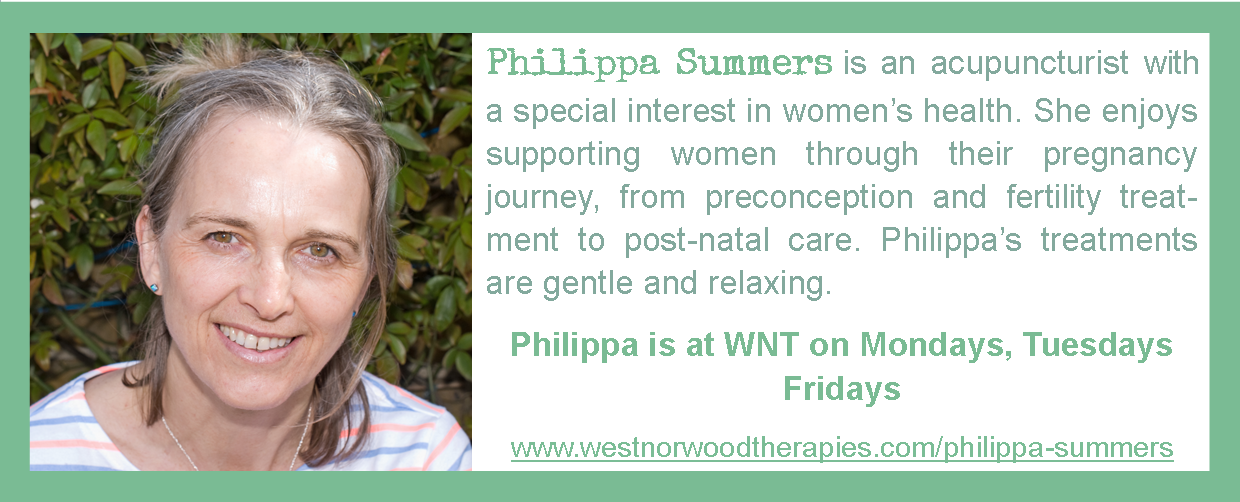
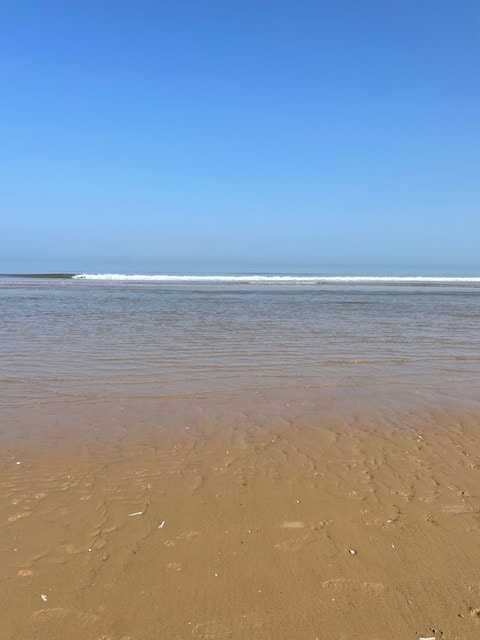
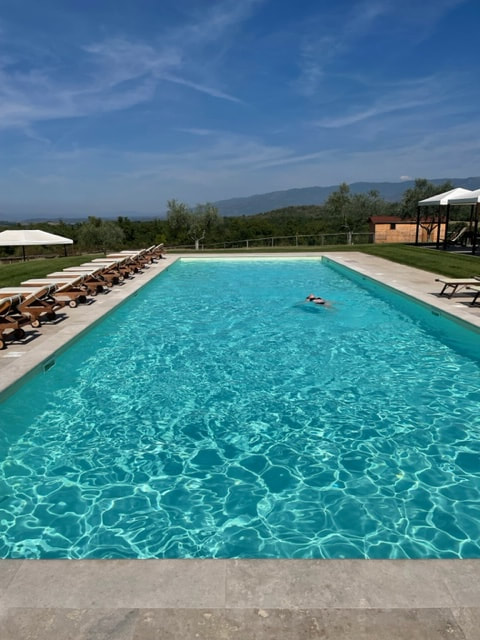
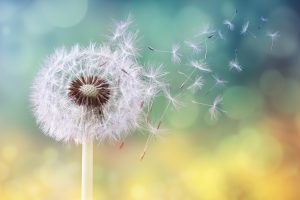
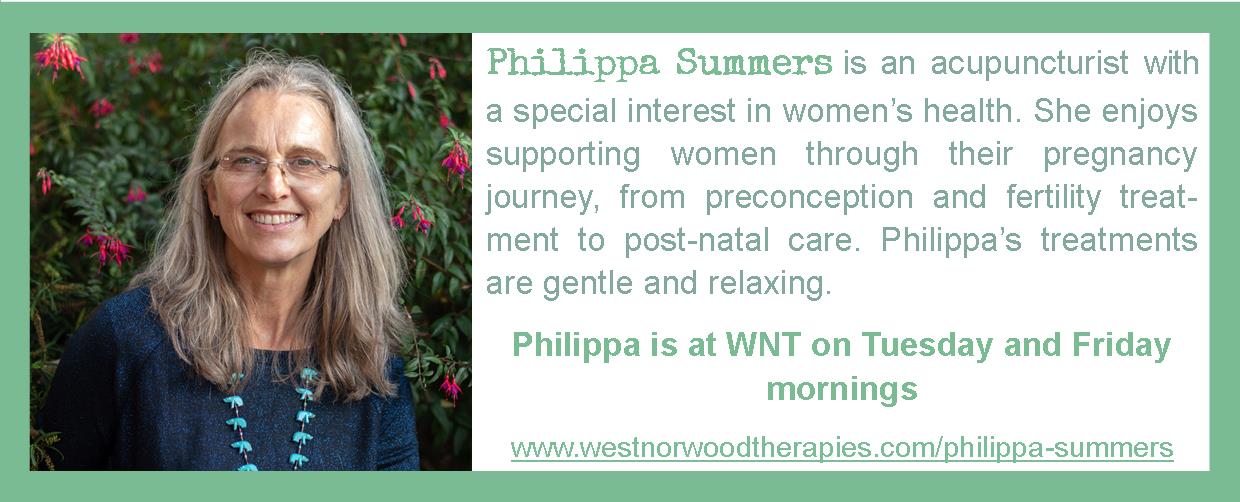
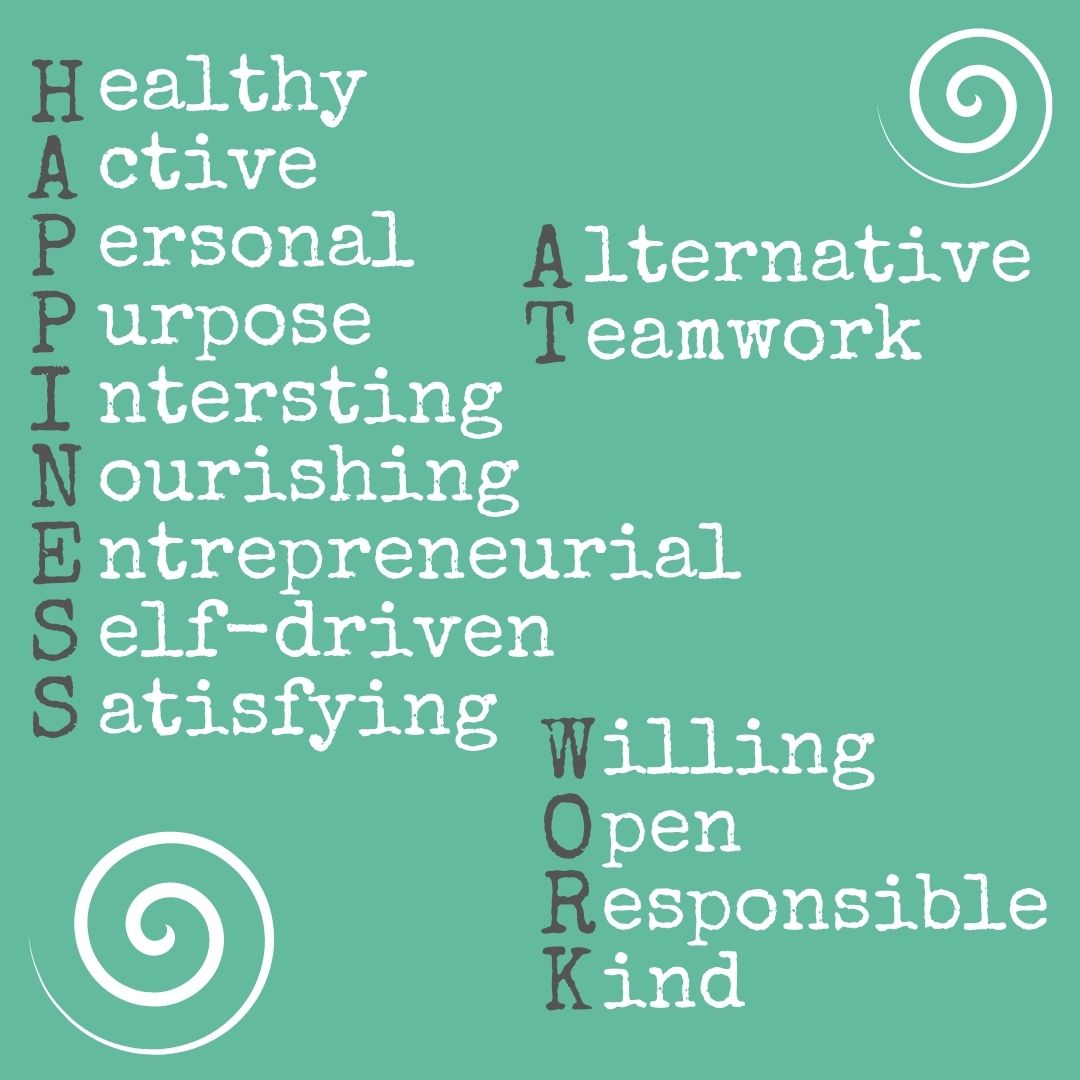
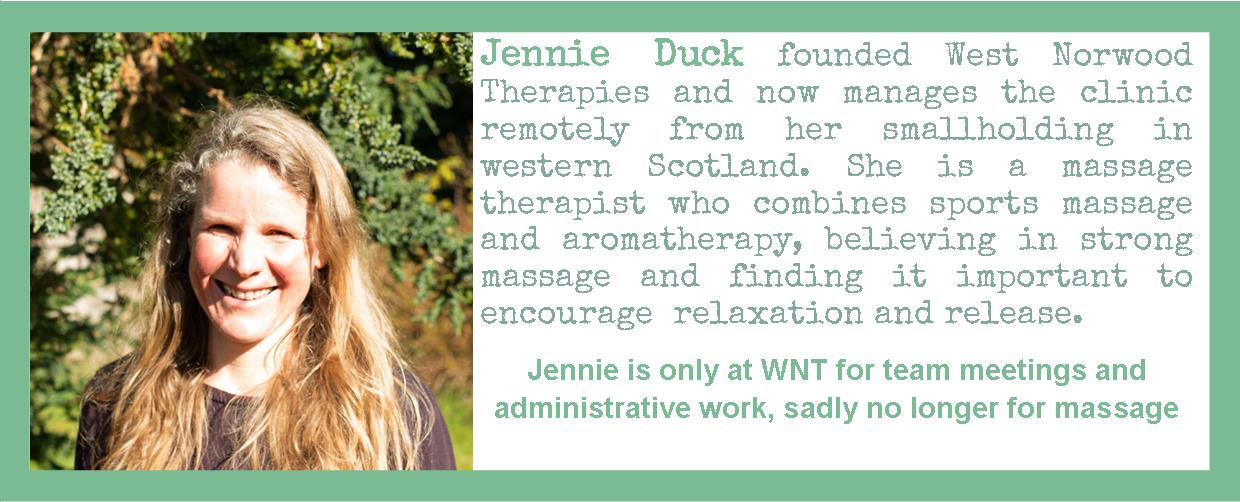
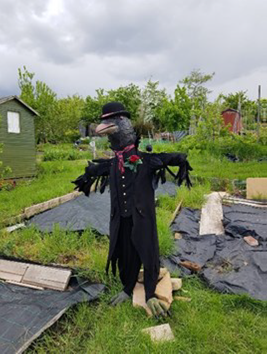
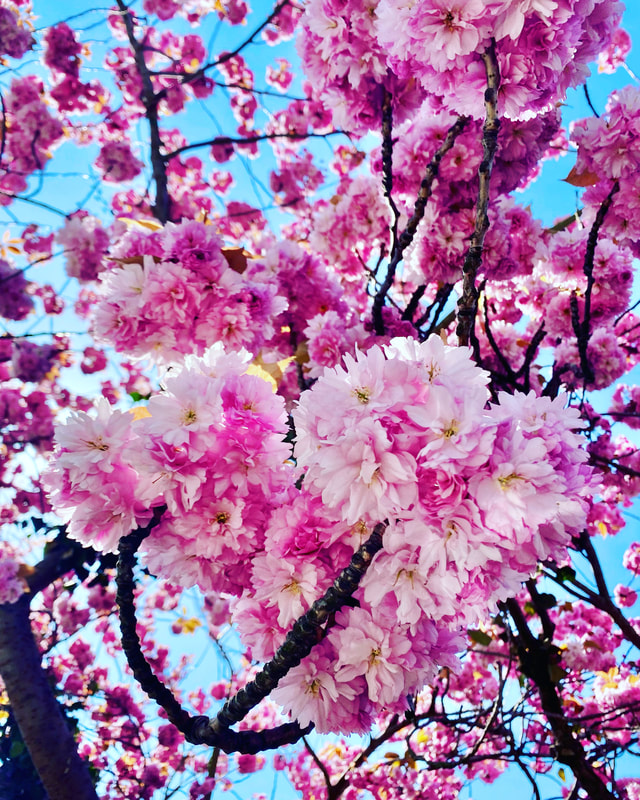

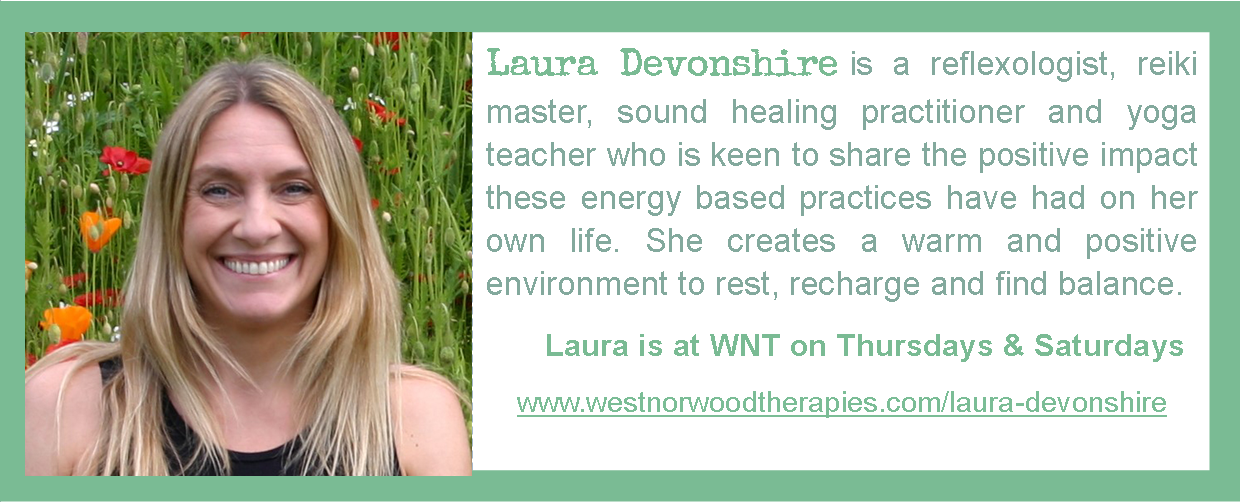
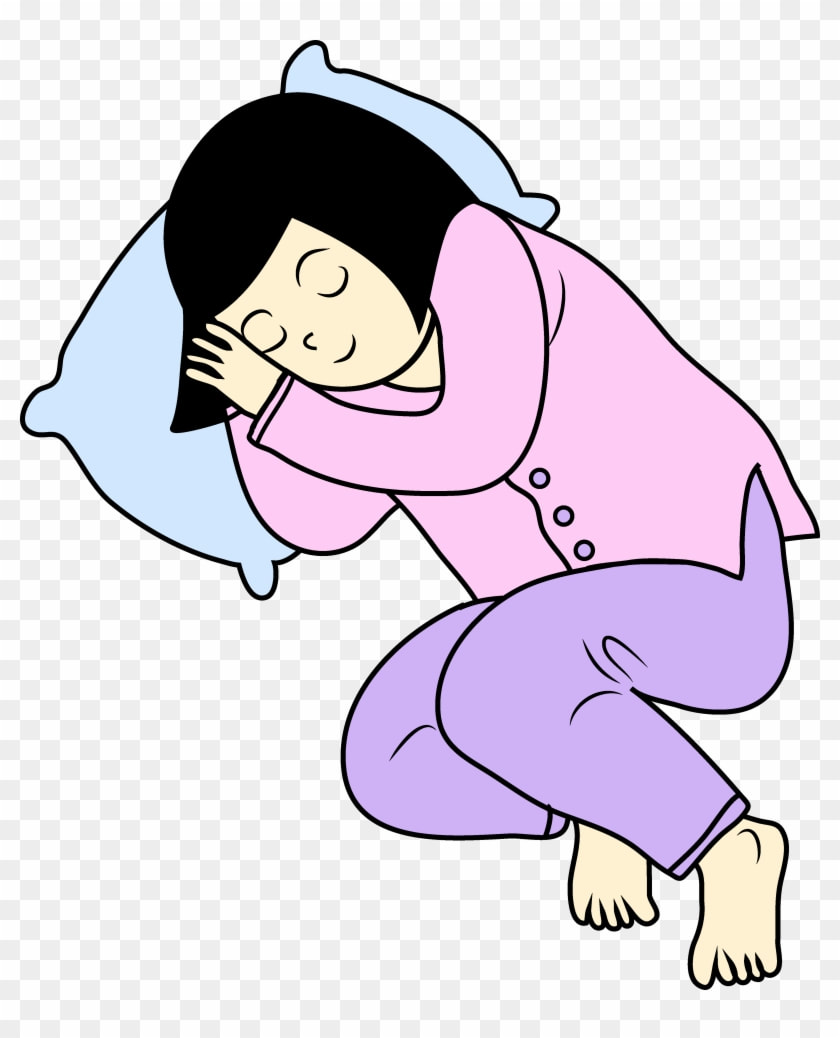
 RSS Feed
RSS Feed
